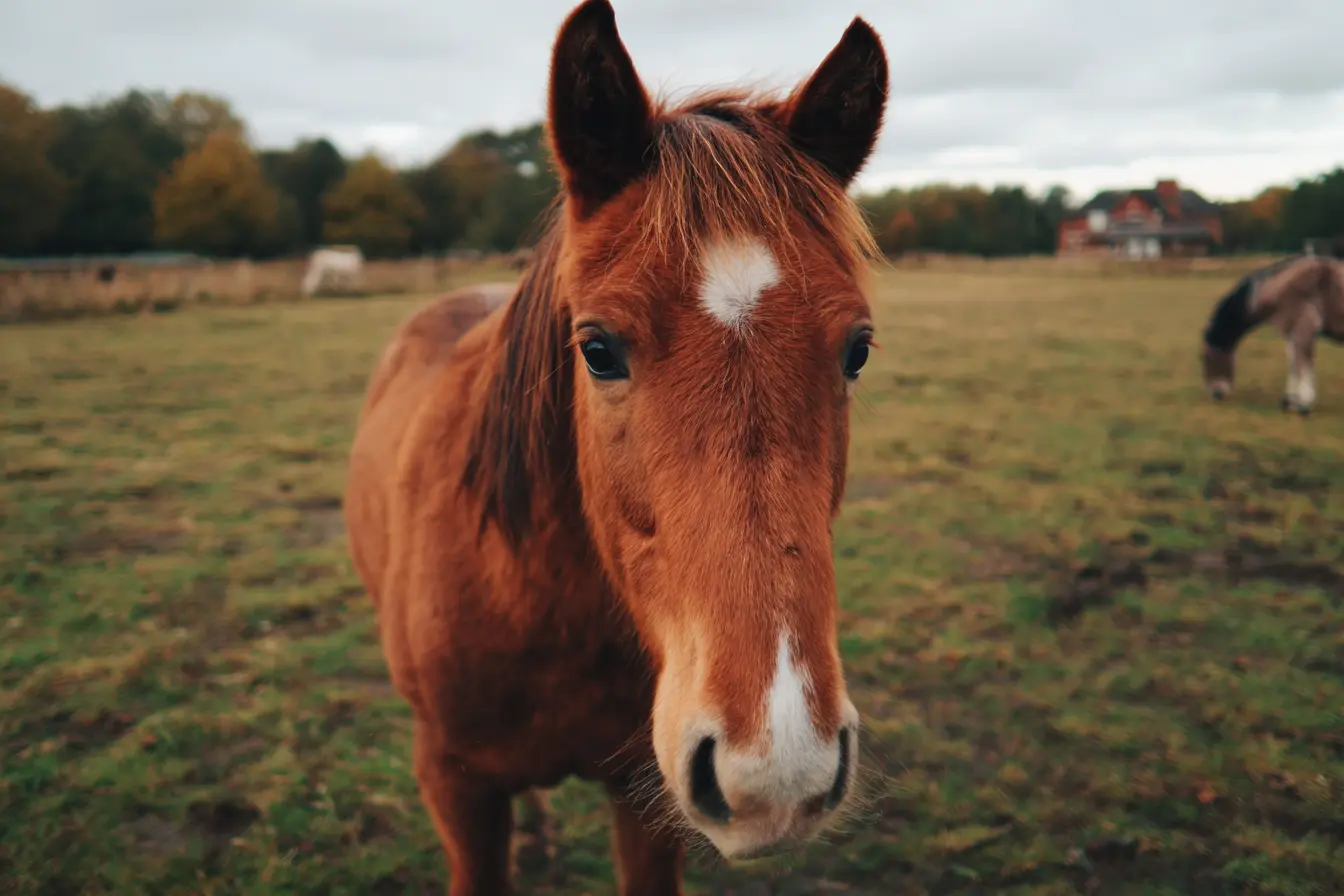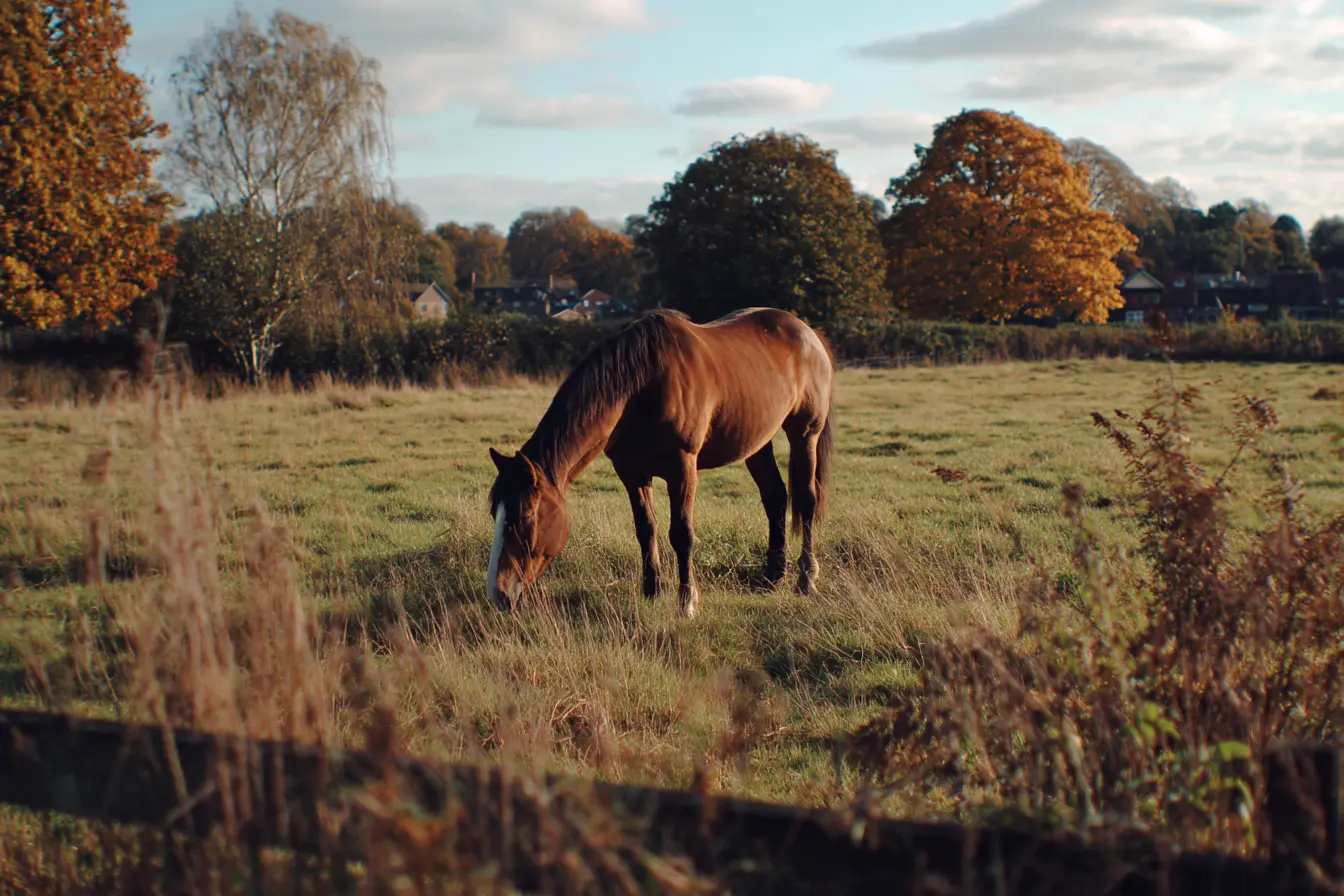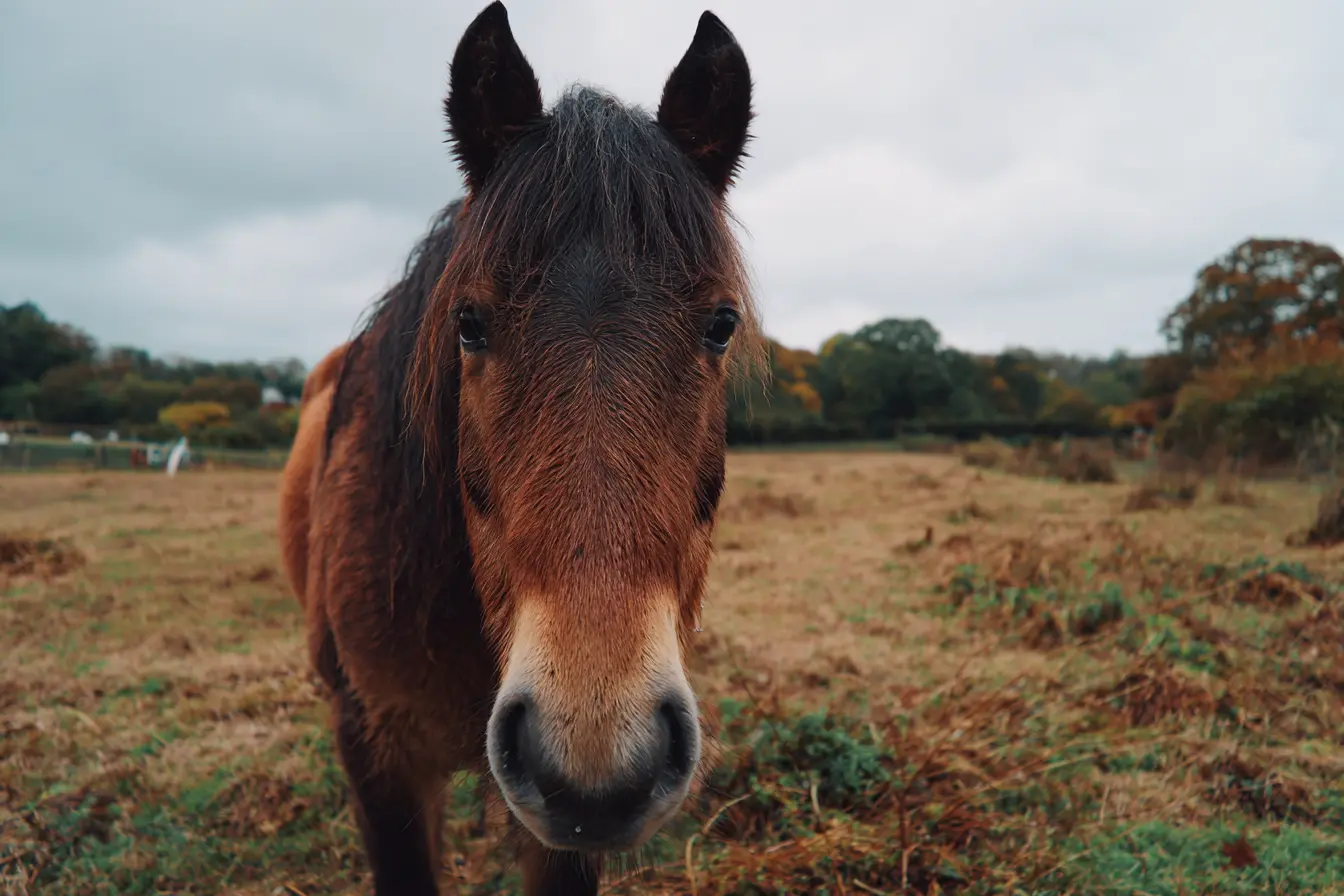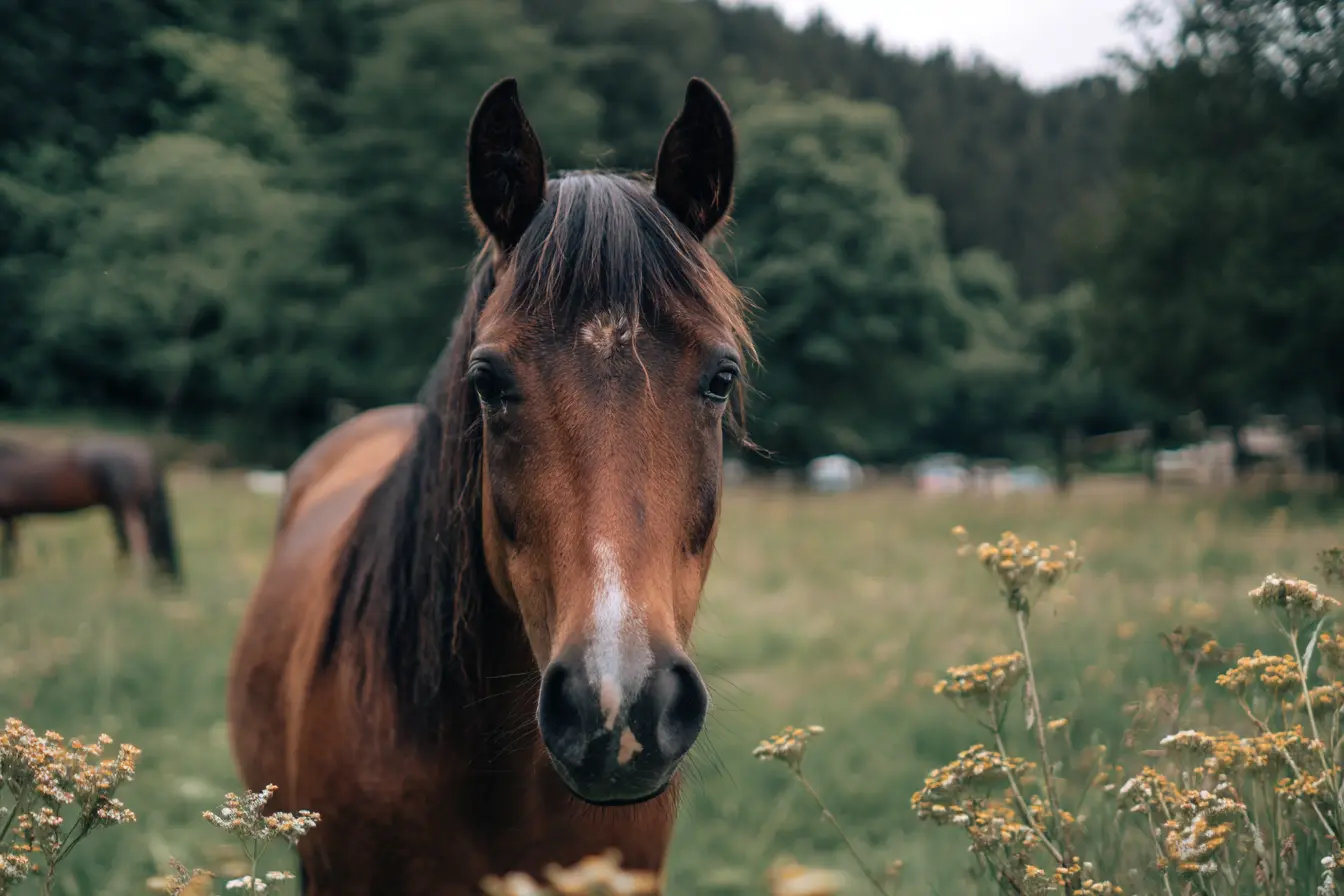
Strangles in Horses: What You Need to Know
Strangles is a serious and contagious disease in horses that’s been around for centuries, and it remains a big worry in the UK today. With new data, updated treatment advice, and ongoing research, it’s vital for everyone involved with horses – from vets to owners – to understand this disease and how to manage it. This blog post will break down everything you need to know about strangles: what it is, how it spreads, what the signs look like, how to deal with it, and what’s new in 2025.
What is Strangles?
Strangles is a bacterial infection caused by Streptococcus equi, or S. equi for short. It affects horses of all ages and breeds. The name “strangles” comes from the fact that the disease causes swelling and abscesses in the throat area, which can make it hard for the horse to breathe and swallow.
How Widespread is Strangles in the UK?
According to the Q1 2025 Equine Quarterly Disease Surveillance Report, strangles is still very common in the UK, especially in the spring and early summer when horses travel more for shows and competitions. Cases have been reported across the country, with outbreaks often linked to yards with poor biosecurity and limited vaccination.
Signs to Watch For
Strangles has some classic signs, but not every horse will show all of them:
- High temperature (up to 41°C)
- Looking dull or quiet, not interested in food (inappetence)
- Clear, watery nasal discharge at first, which later turns thick and yellow or green (full of pus)
- Painful swelling under the jaw or around the throat area, which eventually bursts and releases thick pus
- Trouble breathing in severe cases if swollen lymph nodes press on the airway
Other Forms of the Disease
Sometimes, strangles doesn’t follow the usual pattern:
- Mild or “atypical” strangles: Horses might only have a cough and a runny nose, so it can be missed.
- “Bastard” strangles: The bacteria spread to other parts of the body, causing abscesses in organs like the lungs or liver.
- Purpura haemorrhagica: A rare but serious immune reaction that causes swelling in the legs and under the belly, as well as small red or purple spots on the gums and skin.
How to Diagnose Strangles
Testing is really important to confirm strangles and to help stop it spreading. The main tests are:
- Taking a sample from the nose or the guttural pouch (a cavity in the horse’s head) and sending it to a lab for culture or PCR testing.
- PCR tests look for the bacteria’s DNA and are very sensitive.
- Blood tests (serology) can help show if a horse has been exposed to strangles in the past but aren’t always helpful for finding out if a horse is infected right now.
How to Treat Strangles
Treatment depends on how sick the horse is:
- In the early stages, before abscesses form, some vets might use antibiotics (like penicillin). However, this can slow down the body’s natural process of forming and draining the abscesses.
- Once abscesses have formed, they usually need to burst or be drained. Warm compresses can help them come to a head more quickly.
- Anti-inflammatories like bute (phenylbutazone) can help with pain and swelling.
- In complicated cases (like bastard strangles or purpura haemorrhagica), the horse may need antibiotics for a longer time and more intensive care.
Stopping Strangles from Spreading
Strangles is very contagious, so controlling it is really important:
- Isolate infected horses straight away. They should stay away from healthy horses for at least four weeks after their symptoms are gone and tests show they’re no longer carrying the bacteria.
- Don’t move horses in or out of the yard during an outbreak.
- Clean and disinfect everything the sick horse has touched, like buckets, tack, and stables.
- Quarantine any new horses for two to three weeks and test them before they join the herd.
Vaccination
There is a strangles vaccine available in the UK. It doesn’t completely stop infection but can make the disease less severe if a horse does catch it. It’s especially useful in yards where horses travel a lot or are at higher risk. Your vet can advise on the best vaccination schedule.
What’s New in 2025?
There have been some important updates and research in the last year:
- New studies are helping vets track which strains of strangles are causing outbreaks, which can help stop them faster.
- Researchers are working on better vaccines that might offer stronger and longer-lasting protection.
- BEVA (the British Equine Veterinary Association) and the Animal Health Trust are continuing to monitor strangles cases across the country to spot new trends and help everyone stay on top of the disease.
Conclusion
Strangles can be a worrying disease for both horse owners and vets, but the good news is that with clear knowledge and good hygiene, it’s possible to control and manage it. Recognising the early signs, using accurate testing, and following strict isolation and cleaning protocols are the most effective ways to stop the disease from spreading. Vaccination can be a helpful tool in yards where horses are at greater risk. Staying up to date with reliable information from groups like BEVA and the Animal Health Trust will help everyone keep horses safe and healthy.
If you have any concerns about your horse’s health or suspect an outbreak, don’t hesitate to talk to your vet – they’re your best ally in protecting your horse and the wider equine community.
Vets near you
Speciality vets
- Aquatics vet specialists
- Birds vet specialists
- Camelids vet specialists
- Cats vet specialists
- Cattle vet specialists
- Deer vet specialists
- Dogs vet specialists
- Equines vet specialists
- Exotic vet specialists
- Goats vet specialists
- Pigs vet specialists
- Poultry vet specialists
- Sheep vet specialists
- Small Mammals vet specialists
- Wild vet specialists



